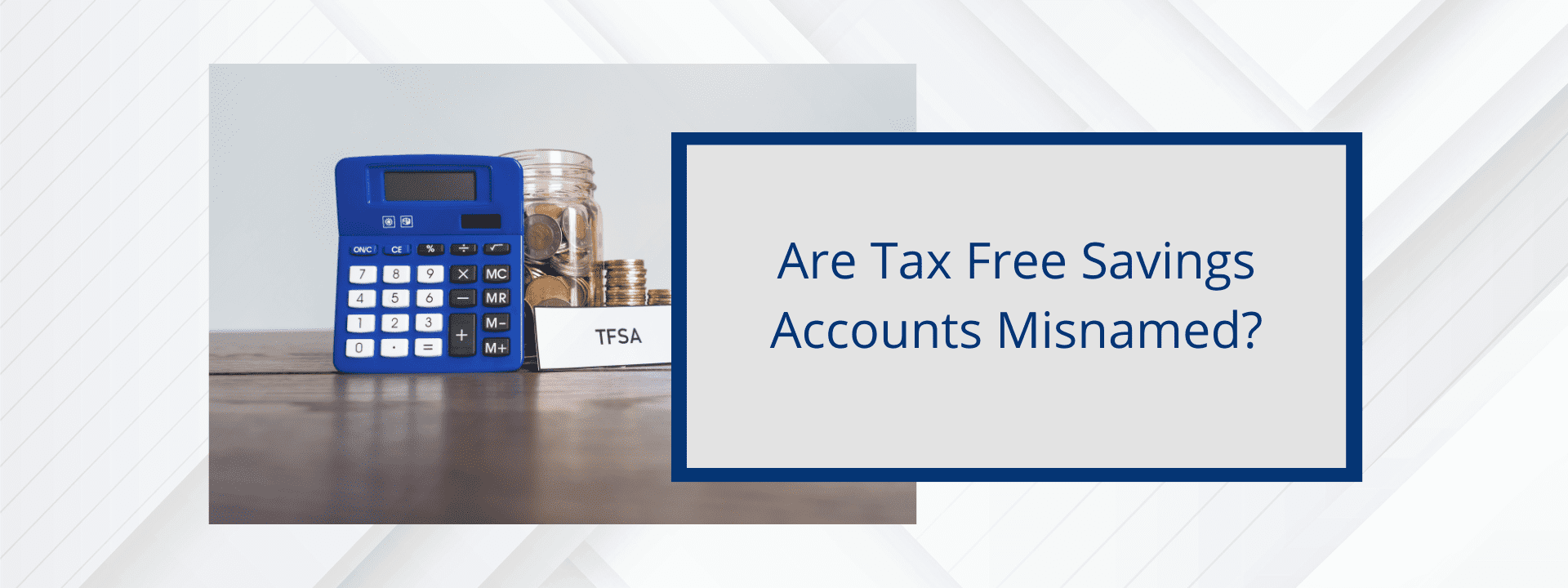Excerpt from the Book – Preserving Wealth – written by Jack Lumsden, MBA, CFP®
“Ok, smarty pants, what about TFSAs? How do they fit in?” I added.
Sandra glared at me and continued. “TFSA stands for Tax Free Savings Account. You don’t get any tax deduction for the money you invested into a TFSA; however, you don’t pay any tax on the growth of the money in the TFSA, whether it is interest, dividend, and/or capital gains income. And you can take it out tax free. With a TFSA, you can invest in basically the same type of investments as your RRSP. And to make it clear, honey, you never pay tax on the money you earn or take out of a TFSA. How’s that, Jack? Are you able to follow that?”
Mark started to laugh, and Uncle Wayne said to save me, “What I would add is that the amount of money you can invest into a TFSA increases each year; however, you have to be eighteen to invest in a TFSA. Here, all of you look at my iPad. TFSAs were introduced in 2009, and you can see how much you can invest per year since then:
- 2009—$5,000
- 2010—$ 5,000
- 2011—$5,000
- 2012—$5,000
- 2013—$5,500
- 2014—$5,500
- 2015—$10,000
- 2016—$5,500
- 2017—$5,500
- 2018—$5,500
- 2019—$6,000
- 2020—$6,000
“Since all of you were eighteen as of 2009, each of you could have invested up to $ 69,500 into a TFSA this year. If you take money out of a TFSA, you can re-contribute that amount the following year.”
Mark interrupted. “I just want to clarify. Since my oldest turned eighteen in 2014, does that mean he can invest up to $44,000 into an TFSA this year?”
“Wow, and I thought you couldn’t do math!” Sally laughed out loud.
“Well, when I was a kid, we didn’t have a cell phone with a calculator on it, like you Millennials.”
Uncle Wayne continued. “Ok, you two! You’re correct on both counts, Mark. I always thought TFSAs were misnamed; they should have been called tax free investment accounts, because with the word ‘savings’ in there, many people assume you can only invest in saving types of accounts that pay a low interest rate, which is wrong, as you can have growth investments in there as well.”
For more information you can refer to Chapter 4 Tax Concerns, RRSPs, and TFSAs: Protecting and Preserving your Wealth from the book Preserving Wealth: The Next Generation – The definitive guide to protecting, investing and transferring wealth by Jack Lumsden, MBA, CFP®
For your FREE Copy of Preserving Wealth: The Next Generation CLICK HERE
What To Do Next
Are You on Track with Your Retirement Strategy? FIND OUT TODAY!
For more information, refer to Preserving Wealth: The Next Generation – The definitive guide to protecting, investing, and transferring Wealth by Jack Lumsden, MBA, CFP® or schedule a call with Jack at 905-332-5503
Jack Lumsden is a Financial Advisor with Assante Financial Management Ltd. The opinions expressed are those of the author and not necessarily those of Assante Financial Management Ltd. Please contact him at 905.332.5503 or visit www.jacklumsden.com to discuss your circumstances before acting on the information above.
Insurance products and services are provided through Assante Estate and Insurance Services Inc.


